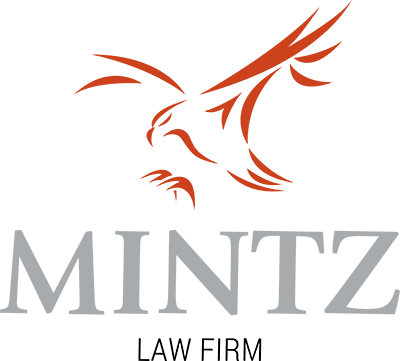What Are Your Legal Options If Your Child Is Injured at Daycare?

Entrusting your child to a daycare provider is an act of significant faith. When that trust is violated and your child suffers an injury while under their care, the emotional impact can be overwhelming. Beyond the immediate concern for your child’s recovery, many parents find themselves wondering what legal recourse they have to address these injuries and prevent similar incidents from happening to other children.
At Mintz Law Firm, we understand the distress and uncertainty parents face when dealing with daycare injuries and are committed to helping families understand their legal options during these difficult times.
Common Daycare Injuries and Their Causes
Daycare injuries can range from minor scrapes to serious medical emergencies. Understanding the nature and cause of your child’s injury is the first step in determining your legal options.
Types of Injuries That Commonly Occur
Children in daycare settings may experience various injuries, including:
- Falls from playground equipment or furniture
- Injuries from unsafe toys or play equipment
- Cuts, bruises, or fractures from accidents
- Injuries caused by other children
- Allergic reactions from food or other substances
- Burns from hot food, liquids, or surfaces
- Head injuries or concussions
- Choking incidents
Primary Causes of Daycare Injuries
Most daycare injuries result from one of these underlying causes:
- Inadequate supervision by staff members
- Unsafe physical environments or equipment
- Improper staff training or qualifications
- Overcrowded facilities exceeding legal child-to-staff ratios
- Failure to address known hazards
- Lack of proper emergency response procedures
When gathering information about your child’s injury, document everything you learn about what happened, who was present, and how staff responded. This information will be crucial in determining your legal options.
Legal Responsibility in Daycare Settings
Daycare centers have a legal duty to provide reasonable care for children under their supervision. This duty extends to creating safe environments, properly supervising children, hiring qualified staff, and following state licensing requirements.
Negligence in Daycare Settings
To pursue a legal claim based on negligence, you generally need to establish:
- The daycare owed a duty of care to your child
- The daycare breached that duty
- The breach caused your child’s injury
- Your child suffered damages as a result
Examples of daycare negligence might include failing to address known hazards, ignoring state-mandated staff-to-child ratios, or not properly supervising children during activities.
Liability Waivers and Their Limitations
Many daycare centers require parents to sign liability waivers, which may create the impression that parents cannot take legal action if their child is injured. However, these waivers have significant limitations:
- Waivers cannot protect daycares from liability for gross negligence or willful misconduct
- Courts may declare overly broad waivers unenforceable
- Waivers cannot override state licensing requirements and safety regulations
Even if you signed a waiver, you may still have legal options if your child was injured at daycare.
Steps to Take After a Daycare Injury
The actions you take immediately following a daycare injury can significantly impact your legal options.
- Seek appropriate medical attention for your child immediately
- Request a detailed incident report from the daycare
- Document your child’s injuries with photographs
- Gather contact information from witnesses
- Maintain a journal detailing your child’s recovery process
- Report serious incidents to your state’s childcare licensing agency
- Preserve all communication with the daycare facility
- Consult with an attorney experienced in childcare injury cases
These steps help establish a clear timeline of events and preserve evidence that may be crucial to your case.
Potential Legal Claims for Daycare Injuries
Depending on the circumstances of your child’s injury, several types of legal claims may be appropriate.
Negligence Claims
The most common legal claim in daycare injury cases is negligence. This involves proving the daycare failed to provide reasonable care, directly resulting in your child’s injury.
Premises Liability
If your child’s injury resulted from a dangerous condition on the daycare property, you might have a premises liability claim against the property owner or manager.
Product Liability
When injuries occur due to defective toys, playground equipment, or other products, you may have a claim against the manufacturer or distributor of those items.
Breach of Contract
Daycares that fail to provide the level of care promised in their contracts or advertised services may be liable for breach of contract claims in addition to negligence.
Potential Compensation for Daycare Injuries
If your legal claim is successful, compensation may include:
- Medical expenses (current and future)
- Physical or occupational therapy costs
- Pain and suffering
- Emotional distress
- Cost of changing childcare arrangements
- Lost wages for time parents take off work to care for the injured child
The specific compensation available depends on the severity of the injury, the circumstances of the case, and the applicable insurance coverage.
Work With an Attorney on Your Daycare Injury Claim Today
At Mintz Law Firm, we understand the challenges families face after a daycare injury. Our experienced attorneys work diligently to protect children’s rights and help families obtain the compensation needed for recovery.
If your child has suffered an injury at daycare, contact Mintz Law Firm today at (303) 462-2999 or through our contact form to discuss your legal options with our compassionate team.
